The Atomic Bomb Dome in the Park was recognized by UNESCO as a World Heritage Site in 1996. (Photo: Xuan Giao/VNA)
On August 6, 1945, the Japanese city of Hiroshima became the first place in the world to suffer the terrible devastation of an atomic bomb. The bomb, nicknamed “Little Boy,” turned the bustling port city into a desolate, dead land.
However, with the strong vitality and desire for peace of the people of Hiroshima, the site of the bomb explosion has now become a large memorial area called "Hiroshima Peace Memorial Park", a famous historical tourist destination with the Hiroshima Peace Memorial Museum, the Atomic Bomb Dome, the Hiroshima National Peace Memorial and many other meaningful works.
The Hiroshima Peace Memorial Museum, built in August 1955, is a place to preserve evidence of the terrible devastation of the atomic bomb. Scenes, documentary footage of the explosion, the condition of the victims as well as vivid artifacts related to the bombing are true evidence of the devastation that Hiroshima had to endure.
The museum also has an exhibition area to introduce the dangers of nuclear weapons, along with a space for visitors to fold paper cranes to pray for peace. Although it is a place to display images of war, the purpose of the founders and managers of the museum is to use these authentic images to protest against nuclear weapons and call for world peace.
A miniature model of the Little Boy atomic bomb that was dropped on Hiroshima city on August 6, 1945. (Photo: Xuan Giao/VNA)
Across the park, the Atomic Bomb Dome is one of the few structures left standing from the bombing. It was once the Hiroshima Prefectural Industrial Promotion Hall, built in a European style in 1915.
The Atomic Bomb Dome was recognized as a UNESCO World Heritage Site in December 1996 as a symbol of the devastation caused by the first atomic bomb in human history.
At the center of the park is the Hiroshima National Peace Memorial, a memorial to the victims of the bombing, built of stone and shaped like a dome to protect the souls of the victims. Behind the Memorial, the Peace Flame has burned continuously since it was lit on August 1, 1964, symbolizing the anti-nuclear pledge to “keep the flame burning until the day all nuclear weapons are eliminated from the earth.”
The area around the park, which was once desolate and devastated, has also become bustling shopping districts and commercial centers. The painful memories have become the driving force to encourage Hiroshima residents to build a dynamic, developing city with a strong desire for a peaceful world without nuclear weapons./.
(TTXVN/Vietnam+)
Source: https://www.vietnamplus.vn/cong-vien-tuong-niem-hoa-binh-hiroshima-diem-den-dac-biet-phia-tay-nhat-ban-post1022086.vnp


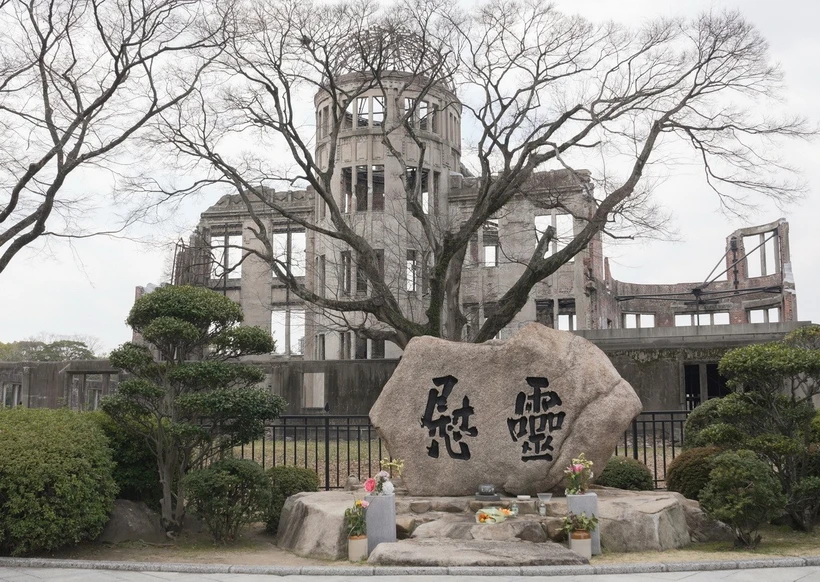
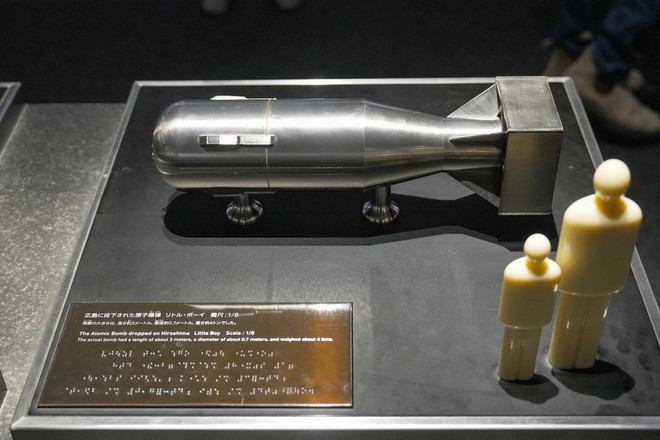
![[Photo] Prime Minister Pham Minh Chinh chairs a meeting of the Government Standing Committee to remove obstacles for projects.](https://vphoto.vietnam.vn/thumb/1200x675/vietnam/resource/IMAGE/2025/10/06/1759768638313_dsc-9023-jpg.webp)

![[Photo] Prime Minister Pham Minh Chinh chaired a meeting of the Steering Committee on the arrangement of public service units under ministries, branches and localities.](https://vphoto.vietnam.vn/thumb/1200x675/vietnam/resource/IMAGE/2025/10/06/1759767137532_dsc-8743-jpg.webp)

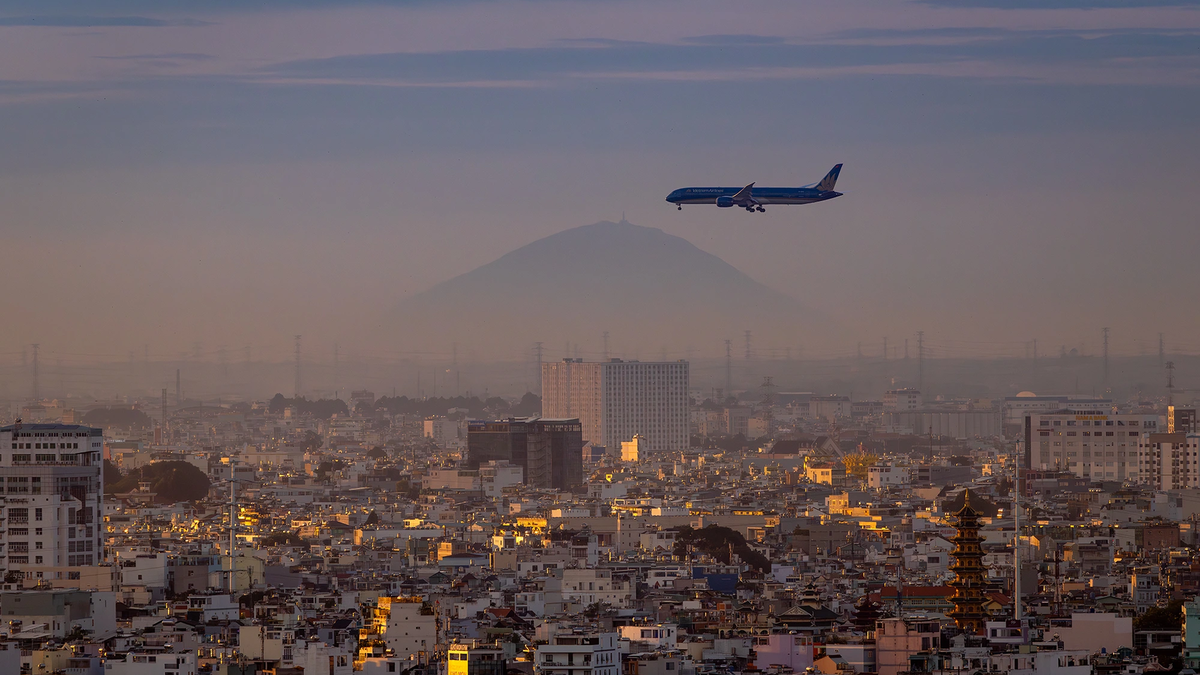
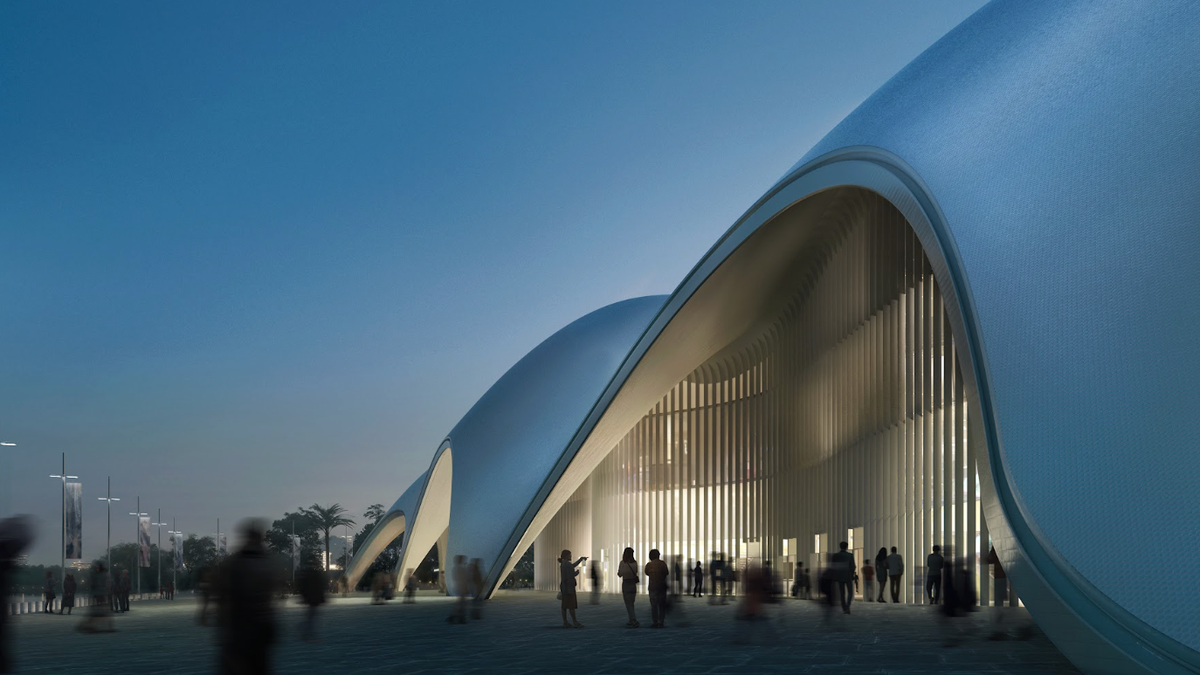





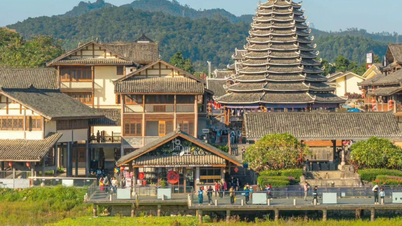
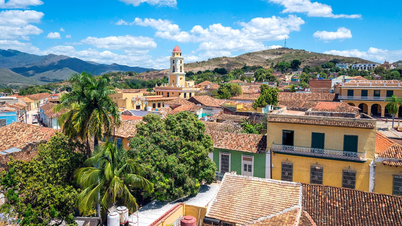
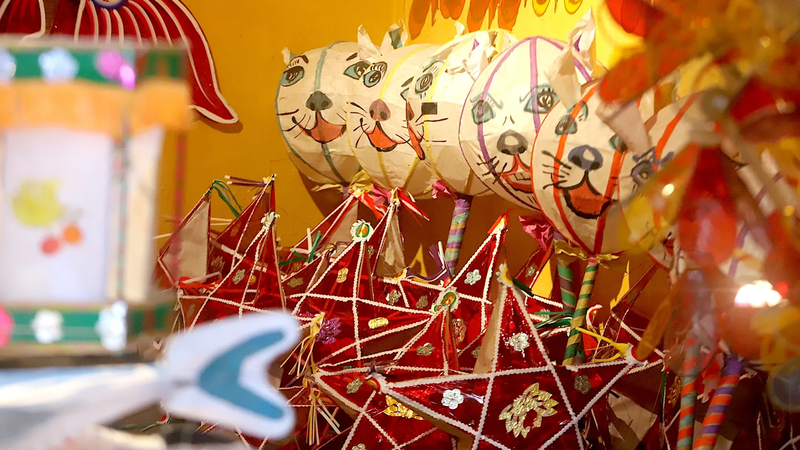
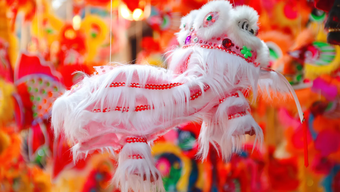



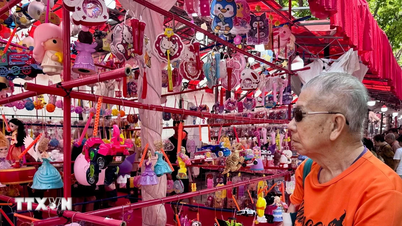
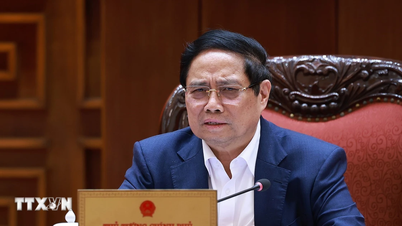
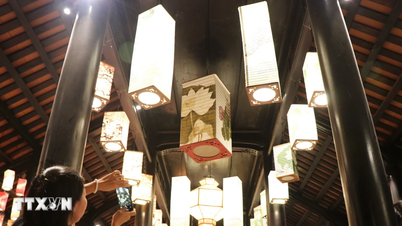




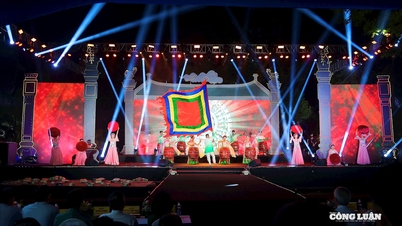

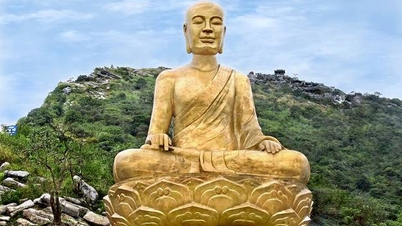

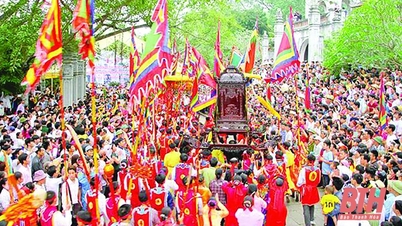

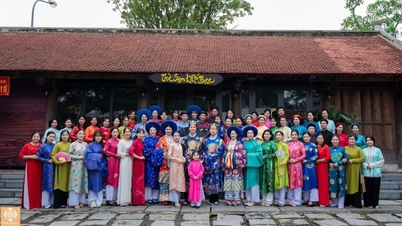

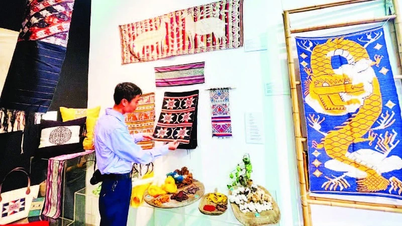
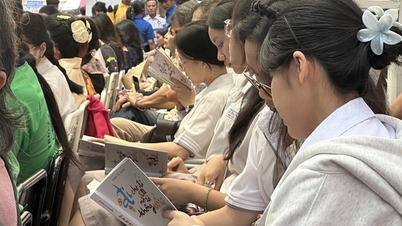



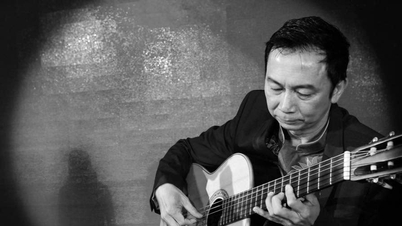





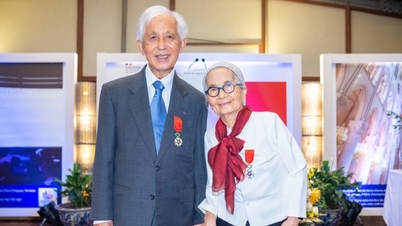








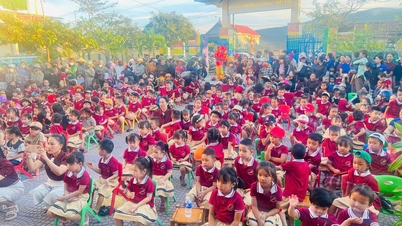








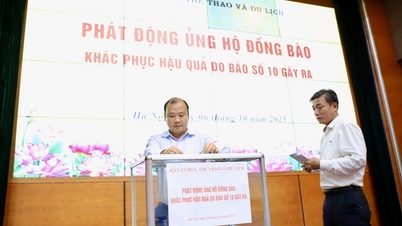




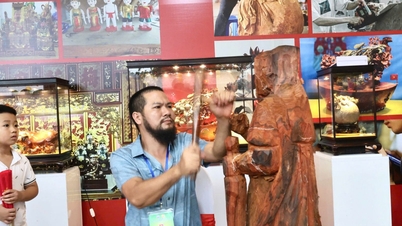

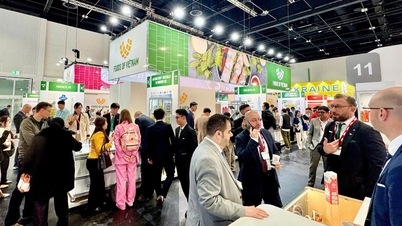






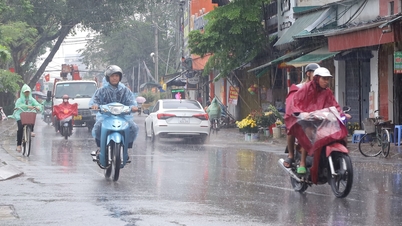



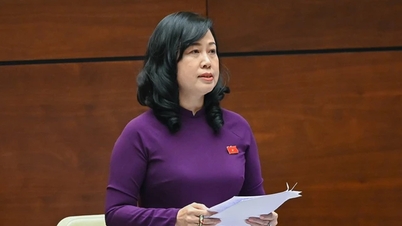



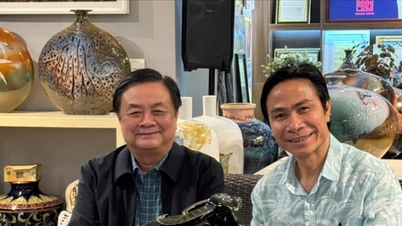

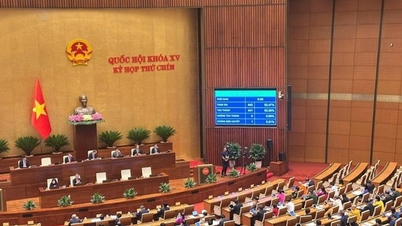






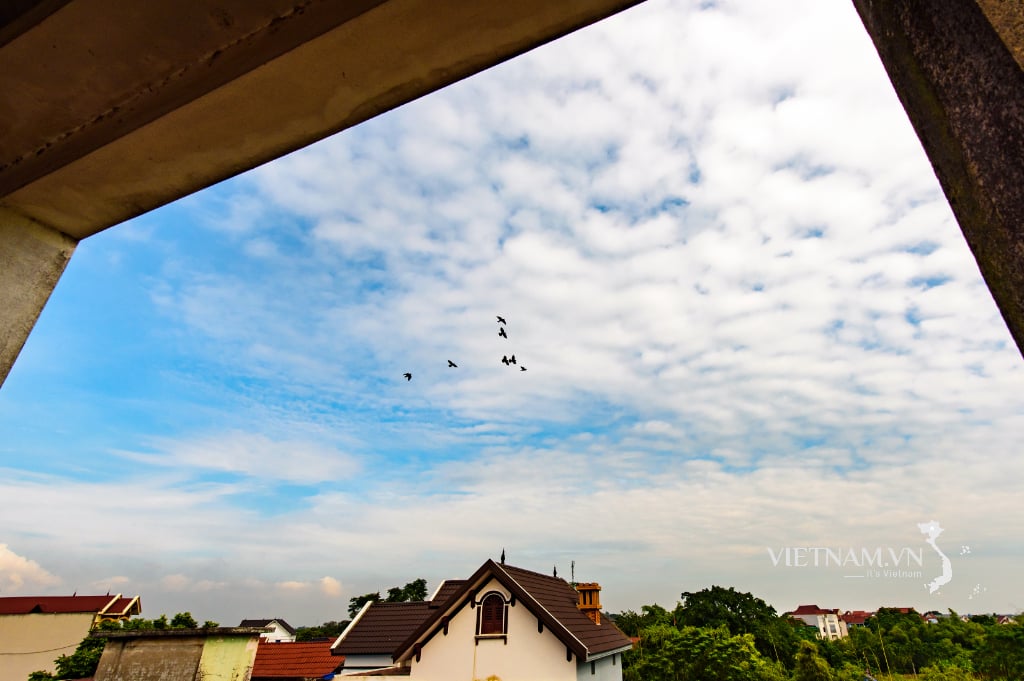
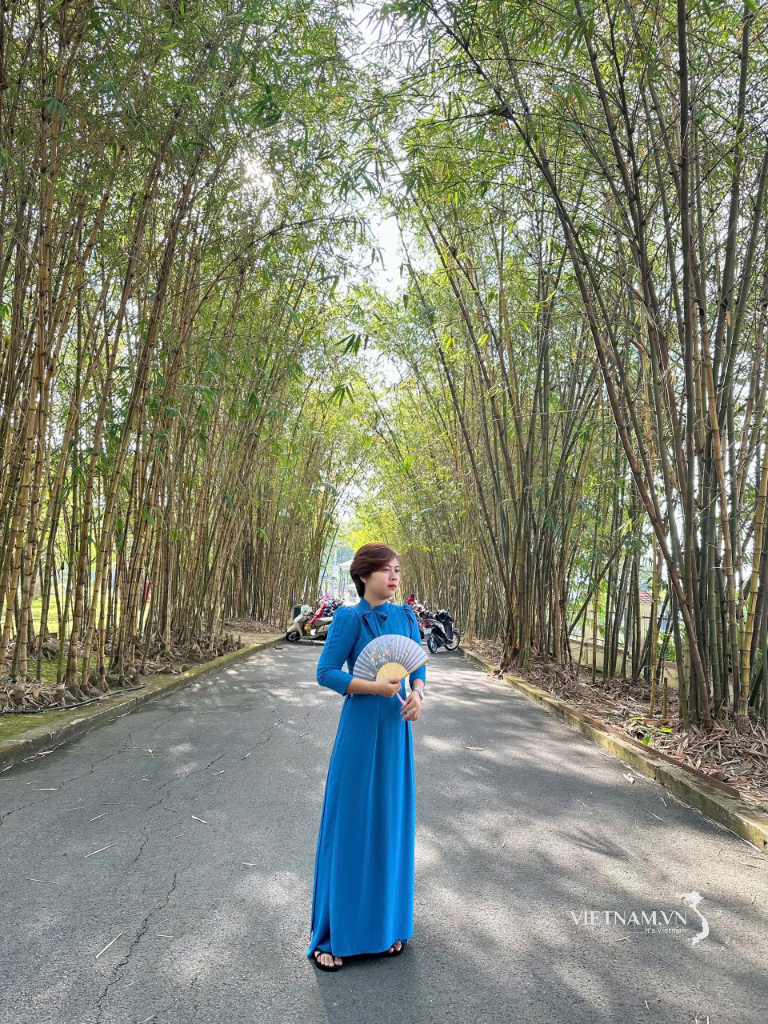

Comment (0)